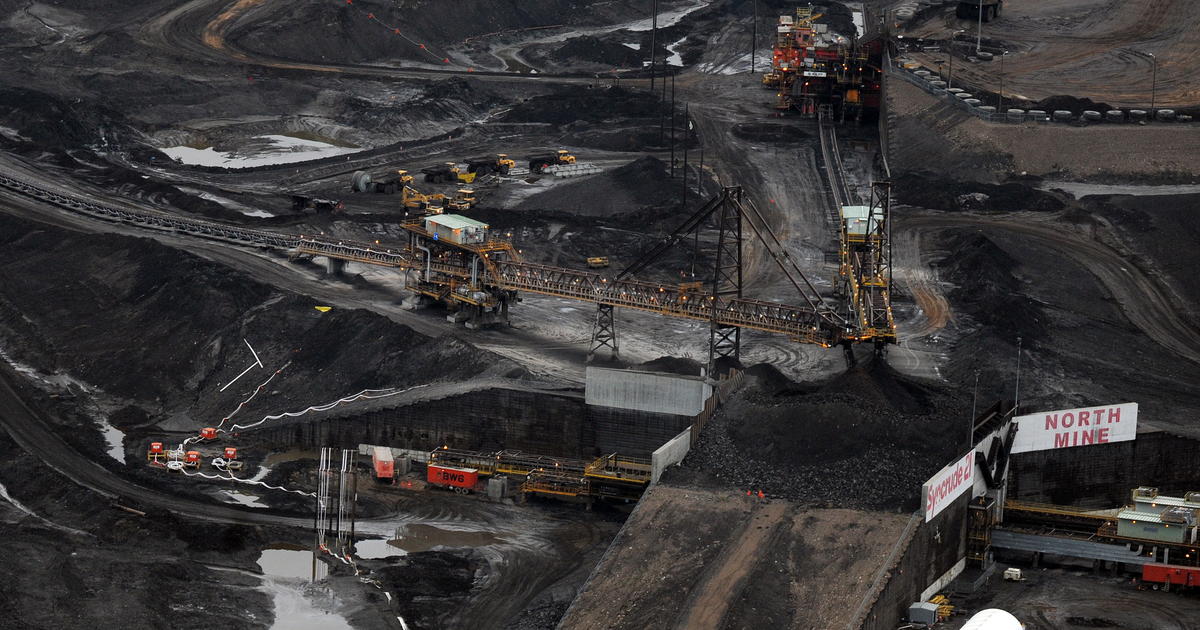EN 15491 Shale Oil Oxygen Stability Testing
The EN 15491 standard for shale oil oxygen stability testing is a critical tool in the quality assurance and compliance framework of the global oil & gas industry. This test ensures that shale oil products meet stringent international standards, thereby enhancing their reliability and performance.
Shale oil represents a significant portion of unconventional oil resources, extracted from shale formations through hydraulic fracturing (fracking) processes. Its oxygen stability is a crucial factor in determining its suitability for various applications, including blending with conventional petroleum products to produce transportation fuels or as feedstock for petrochemicals.
EN 15491 provides a standardized method to assess the oxidative stability of shale oil under controlled conditions. This test helps identify potential issues related to premature degradation of the product during storage and processing, which can lead to reduced quality and increased operational costs. By adhering to this standard, companies ensure they are delivering products that meet customer expectations and regulatory requirements.
The testing procedure involves subjecting a representative sample of shale oil to controlled oxygen exposure at elevated temperatures over a specified period. The rate of oxidation is monitored using various analytical techniques, including spectroscopy and calorimetry. Compliance with the EN 15491 criteria ensures that shale oil products are stable enough for safe handling and processing.
Understanding the oxygen stability of shale oil is vital because it directly impacts product quality, shelf life, and environmental impact. Poorly stabilized oils may lead to accelerated degradation, resulting in lower yields or even unusable feedstock. This can have significant implications for both upstream operators and downstream refiners who rely on consistent input quality.
The importance of this test cannot be overstated, especially given the increasing focus on unconventional resources like shale oil due to their growing contribution to global energy supplies. As nations seek to diversify their energy portfolios, ensuring the integrity of these complex hydrocarbon mixtures becomes paramount.
Compliance with EN 15491 not only protects the environment but also ensures product safety and efficiency throughout the supply chain. For quality managers, compliance officers, R&D engineers, and procurement professionals, understanding this test is essential for effective decision-making regarding raw material selection and process optimization.
In summary, EN 15491 oxygen stability testing plays a pivotal role in maintaining high standards within the shale oil industry. It provides a robust framework for assessing product quality, supporting regulatory compliance, and fostering innovation across various sectors of the broader oil & gas ecosystem.
Why It Matters
The importance of EN 15491 oxygen stability testing in shale oil cannot be overstated. Properly conducted tests ensure that shale oil meets the stringent quality and performance requirements set by international standards, which is critical for both producers and consumers.
It guarantees consistent product quality, reducing risks of premature degradation and improving overall reliability.
It supports regulatory compliance, ensuring adherence to environmental and safety regulations.
It enhances the reputation of shale oil producers by demonstrating commitment to high-quality standards.
It aids in the development of effective quality assurance protocols within the supply chain.
These benefits contribute significantly to maintaining a sustainable and efficient production process, ultimately benefiting all stakeholders involved in the shale oil industry.
Why Choose This Test
Comprehensive evaluation of oxygen stability under controlled conditions.
Standardized method for consistent and reliable results.
Supports compliance with international standards, enhancing credibility.
Helps in identifying potential issues early, preventing costly downstream problems.
Selecting EN 15491 oxygen stability testing for shale oil offers numerous advantages. It ensures that the product meets stringent quality criteria, supports regulatory compliance, and enhances overall reliability. By choosing this test, companies can ensure they are delivering high-quality products to their customers, thereby building trust and reputation in the market.
Quality and Reliability Assurance
The EN 15491 standard plays a crucial role in maintaining quality and reliability within shale oil production. By following this protocol, companies can ensure that their products meet the highest international standards, thereby enhancing customer satisfaction and trust.
Compliance with EN 15491 ensures that shale oil is stable enough for safe handling and processing.
The test helps in identifying potential issues early on, preventing costly downstream problems.
This testing method not only supports regulatory compliance but also enhances the overall reliability of the product. By adhering to these standards, companies can ensure that they are delivering products that meet customer expectations and regulatory requirements.





